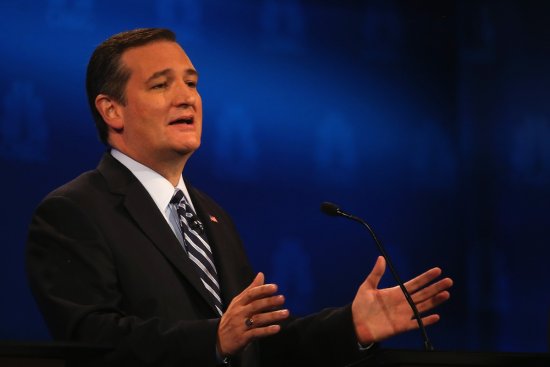
What did the candidate mean by comparing Democratic contenders to Bolsheviks and Menshiviks?
At Wednesday night’s Republican primary debate, Sen. Ted Cruz took the opportunity to say that he felt the debate was being engineered to paint the candidates in a negative light. In contrast, he said, the Democrats’ debate had been full of softballs and did little to highlight the differences between the candidates. “The men and women on this stage have more ideas, more experience, more common sense than every participant in the Democratic debate,” he said. “That debate reflected a debate between the Bolsheviks and the Mensheviks.”
Though the line drew some laughs in the auditorium, Cruz’s reference might have baffled anyone not up to date on their early-20th-century Russian history.
It seems most likely that Cruz meant to imply that the Democrats are all basically Soviet-esque Communists to one degree or another. It’s an apt metaphor for making that particular point, but not for saying that the Democratic candidates don’t disagree: historically, the two Russian factions were quite different from one another—though in a way that, thanks to their names, can be easily confused.
Allow TIME, in 1923, to explain:
[time-brightcove not-tgx=”true”]The words Bolsheviki and Mensheviki (bolshinstvó and menshinstvó) are the Russian for majority and minority. The apparent anomaly—the Bolsheviki being an actual minority in Russia—is accounted for by the Socialist Conference of Brussels, July, 1903, from which the Bolshevik and Menshevik Parties derived their names.
Since 1898 there had existed in Russia a Social Democratic Party founded on the doctrines of Karl Marx, German Socialist philosopher. Actually before the Brussels Conference the Party was split into two factions; the one composed of the Social Democrats proper, who were moderate in their aims; the other composed of the Social Revolutionaries, extremists. The former constituted a vast majority while the Revolutionists were a strong and turbulent minority.
That the majority faction of the Social Democratic Party became the minority at the Brussels Conference was due to the merest accident of party mismanagement. At the Conference, which began in Brussels and finished in London, the extremist minority was more strongly represented than the moderate majority; the tables were turned and hence forth the party factions became known as Bolsheviki and Mensheviki, although in reality these were misnomers.